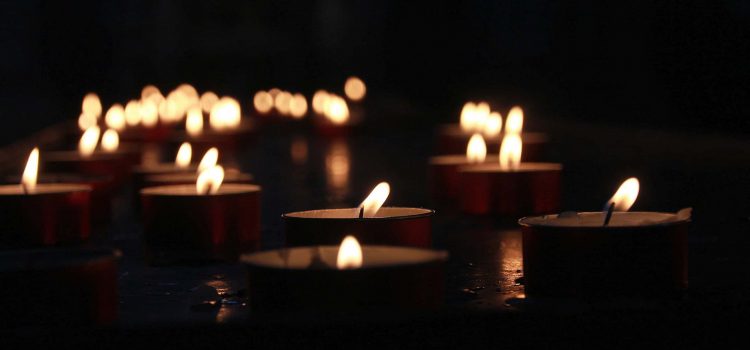
The idea of effective and healing conversations among polarized groups for healing and stabilization of a country is not a new idea. Even though, I had read about Archbishop Desmond Tutu’s Truth and Reconciliation Council meetings (TRC) in South Africa several years ago, I remembered the effectiveness of these councils after listening to Dave Chappelle discuss the TRC in South Africa. Dave, in one of his shows, talked about Truth and Reconciliation Commission set up in South Africa by Archbishop Desmond Tutu and Nelson Mandela, after the end of apartheid in South Africa. The goal of the TRC was to heal an extremely divided nation under widespread systemic oppressive rule of apartheid, where people responded to each other with brutal violence. TRC was critical to healing South Africa and preventing a bloody civil war after apartheid ended.
Truth and Reconciliation Commission IN THE USA
The possible implementation for TRC in the United States to heal the racial division caused by institutionalized racism has been discussed by Sarah Souli, Bonny Ibhawoh and Professor Olúfẹ́mi Táíwò. TRC is a restorative justice program to allow people facing historic injustice to testify in public hearings to make this as part of public record in the hope that this does not happen again. Although there are still controversial aspects of TRC, the central aspect of TRC is truth telling, which we need so urgently in the United States.
But the question is whose truth is to be accepted. So TRCs are guided by four truths outlined in Truth and Reconciliation Commission:
1. Factual or forensic truth (actual incidents that occurred),
2. Personal and Narrative Truth (both victims and perpetrators telling their personal stories),
3. Social truth (dialogue truth where the the purpose is to transcend the divisions of the past and have conversations about complex issues facing people with the community psychology or ecological models, which examine not just a person’s behaviors but socio-cultural and political stressors impacting a person), and
4. Healing and Restorative Truth (where telling truths lead to recognition of humanity of all and healing conversations)
The other key aspect is that TRCS must include not just politicians, but, healers in the community, such as priests, ministers, psychologists, therapists, writers, social workers, and community leaders. Healers trained in working with collective trauma, grief and loss, are critical to the healing process. Archbishop Desmond Tutu talked about victims being supported by healers (ministers, social workers and therapists) before they told their stories in front of TRC. Archbishop Desmond Tutu talks about the injustice and suffering under apartheid but also healing South Africa by ending white supremacy and transitioning to a democracy. Archbishop Tutu also talks about the importance of story telling to heal. Like the Archbishop Tutu, I believe in the power of healing when people tell their stories in a safe place where they are heard and others witness their narration, naming of unspoken injustices or hurts often hidden in shadows for long periods of time. The act of bringing the injustice and suffering into the light from the depths of shadows is key to healing.. Only in the light, with the others’ empathy and compassion, healing begins. This is an important piece of the psychotherapy framework.
The Archbishop discussed that amnesty could be given to perpetrators who publicly shared their actions and asked for forgiveness by facing the people who suffered from their actions. Healing and reconciliation includes the important element of forgiveness. But the path of forgiveness is not easy or quick. Archbishop Desmond Tutu and Mphu Tutu, his daughter also wrote the Book of Forgiving, which outlined his steps to forgiveness. I will discuss Archbishop Tutu’s forgiveness model and current research findings in the psychology of forgiveness in later posts. In my discussions in forgiveness, I highlight Archbishop Tutu’s concepts that forgiveness does not mean condoning, pardoning, excusing, minimizing, denying and forgetting the injustice. It means a personal decision in consciously letting of your anger about the injustice. It also includes the choice of whether you want to continue in the relationship or release the relationship.
Despite some criticisms of the TRC process, many scholars argue that the effectiveness of TRC may have prevented a civil war after termination of apartheid in South Africa. Restorative justice enhances healing, as opposed to, retributive justice. Archbishop Tutu received the Nobel Prize in Peace in 1984.
The TRCs have been adopted by more than 40 countries, such as Canada, New Zealand and Australia to address historic injustices, especially committed against indigenous people. (theconversation.com). I wonder about Truth and Reconciliation forums for divided camps in this country to start conversations on how to heal, lessen division and develop constructive conversations to address the huge crises and political and racial divisions facing our nation (theconversation.com). TRCs are more long-term pathways to start conversations for a divided nation to begin the healing process.